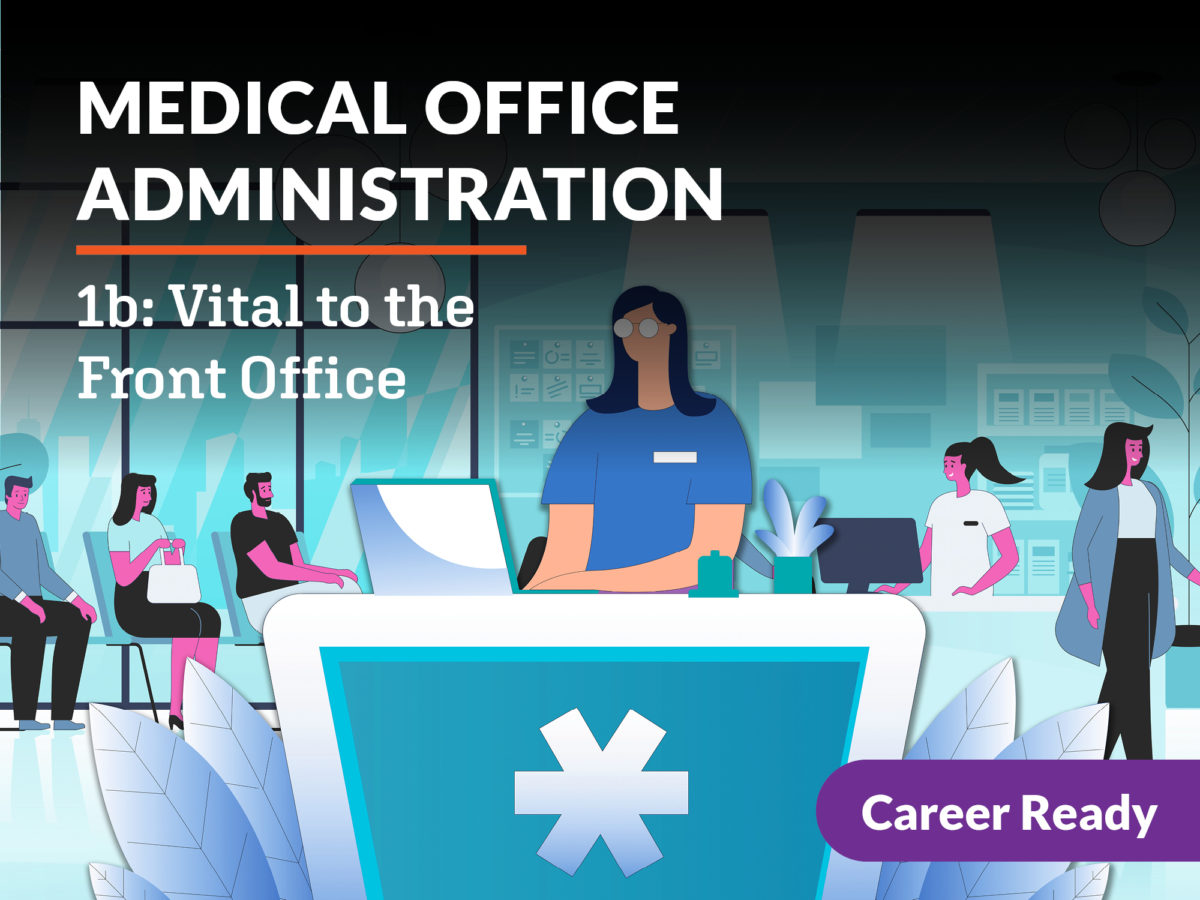Just How to Improve Effectiveness in Medical Administration with Modern Devices
Just How to Improve Effectiveness in Medical Administration with Modern Devices
Blog Article
Ideal Practices in Medical Administration for Improving Effectiveness and Decreasing Costs
In the ever-evolving landscape of healthcare, the quest of best methods in clinical administration is paramount for boosting efficiency and curbing costs. By integrating advanced technologies such as digital health documents and telemedicine, healthcare carriers can enhance operations and boost patient treatment. Nevertheless, modern technology alone is not a remedy; optimizing source allocation and promoting collaborative interaction among care teams are equally vital (medical administration). As companies make every effort to stabilize top quality and expense, what techniques should be prioritized to achieve these dual goals? The response to these concerns hold the key to a much more lasting healthcare system.
Leveraging Advanced Technology
The integration of electronic options right into healthcare systems has actually transformed the method facilities operate, enhancing processes and boosting individual treatment. By centralizing person details, EHRs eliminate the requirement for troublesome documentation and help with seamless communication amongst medical care companies.
Telemedicine is one more technical advancement that has reinvented patient interaction. It offers convenience for both clients and healthcare experts by making it possible for remote appointments, which can decrease the demand for in-person visits and enhance consultation scheduling. Furthermore, telehealth platforms can extend healthcare access to rural or underserved locations, bridging voids in treatment shipment.
Additionally, making use of Expert system (AI) and artificial intelligence is becoming progressively common in anticipating analytics, permitting early detection of potential health and wellness issues and even more enlightened decision-making. These technologies, when integrated successfully, can enhance diagnostic accuracy and individualize patient therapy plans, ultimately causing improved health care outcomes and operational effectiveness.
Optimizing Source Allowance
Reliable resource allocation is crucial for making the most of the efficiency of clinical management. By purposefully taking care of sources such as employees, equipment, and funds, health care facilities can substantially improve their functional performance, enhance client outcomes, and minimize unneeded expenditures. The very first step in maximizing resource appropriation involves carrying out a thorough analysis of current properties and determining locations where resources might be underutilized or overextended. This evaluation should be data-driven, utilizing metrics and analytics to inform decision-making processes.
Prioritizing resource allowance based on individual demands and service needs is vital. Implementing flexible staffing versions can also maximize labor resources by changing personnel allowance in feedback to varying patient quantities.
Funds ought to be carefully monitored and allocated with strategic insight to sustain both short-term functional demands and long-lasting institutional goals. This consists of investing in training programs that enhance personnel proficiencies and taking on energy-efficient methods that lower functional prices (medical administration). Eventually, an enhanced source allotment technique fosters a lasting medical care environment that is receptive, efficient, and financially prudent
Streamlining Workflow Processes
When healthcare facilities purpose to boost functional efficiency, simplifying workflow processes comes to be an essential focus. Effective operations reduce redundancy, get rid of unneeded actions, and boost coordination amongst health care experts. This strategy not just speeds up solution distribution yet likewise boosts the quality of patient care.

Following, modern technology assimilation plays a considerable duty in enhancing process. Implementing electronic wellness records (EHRs) and digital doctor order entrance (CPOE) systems decreases paperwork, reduces human error, and makes certain info is easily accessible to all relevant personnel. In addition, leveraging telemedicine systems can enhance individual assessments and follow-ups, reducing the pressure on physical facilities.

Eventually, streamlined operations lead to set you back reductions and enhanced patient contentment, cultivating a much more lasting health care atmosphere.
Enhancing Information Monitoring
Building upon structured operations, maximizing data management becomes a crucial element beforehand health care administration. Effective data monitoring systems are crucial for keeping exact client documents, improving decision-making, and ensuring conformity with regulative requirements. By applying robust data management remedies, medical care centers can enhance the top quality of patient treatment while concurrently decreasing operational prices.
One trick facet of enhancing information monitoring is the combination of advanced electronic health record (EHR) systems. These systems facilitate the smooth exchange of patient info throughout various divisions, decreasing replication of examinations and minimizing errors. A properly designed EHR system sustains information analytics, making it possible for doctor to determine trends and make notified choices relating to individual care.
Additionally, safeguarding patient data is paramount. Taking on detailed cybersecurity steps, including security and regular audits, makes certain the honesty and privacy of delicate information. This not just protects individuals however also keeps the organization's reputation.
Investing in staff training is an additional important aspect. Enlightening medical care professionals on information management practices boosts their capability to effectively make use of modern technology, resulting in enhanced person outcomes. To conclude, boosting data management through advanced technology and detailed training is crucial for achieving performance and cost decrease in medical administration.
Fostering Collaborative Interaction
An important part ahead of time medical management is fostering collaborative interaction among health care specialists. Effective interaction is extremely important for making sure seamless person care, enhancing treatment outcomes, and decreasing mistakes. By encouraging open dialogue and sychronisation throughout multidisciplinary groups, medical care companies can boost their functional performance and reduce unneeded costs.
Central to this approach is the assimilation of interaction modern technologies such as electronic health and wellness documents (EHRs) and safe messaging systems, which help with More Info the fast exchange of important patient information. These devices enable doctor to access and share data in genuine time, making certain that all team participants are informed and straightened in their decision-making processes. Regular team conferences and interdisciplinary rounds can better promote a culture of partnership and responsibility.
Training programs concentrated on boosting communication abilities are likewise necessary. Eventually, promoting joint interaction leads to improved healthcare distribution and cost financial savings.

Verdict
Integrating innovative modern technology, such as electronic health records and telemedicine, along with optimized source allowance and streamlined operations procedures, is essential for enhancing performance in clinical administration. Efficient data administration and promoting collective interaction amongst healthcare groups are critical for reducing redundancies and enhancing care high quality. By focusing look at this now on precautionary treatment and taking part in top quality improvement efforts, healthcare organizations can attain substantial price financial savings and enhanced client outcomes, therefore making sure sustainable health care distribution in an increasingly complicated setting.
Report this page